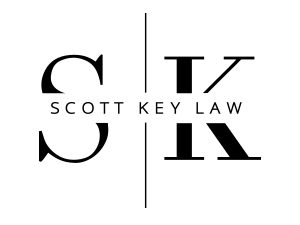Change Form for Better Proofing
The best way to find the typos in a document is to file it or turn it in. When you take a look at it a few minutes later, they will stand out in a way that they had not previously — no matter how much time you spent reviewing your work before. I have a few theories on what is going on here. For one, your brain is anxious to get this all over with. Also, as your eyes scan the page your brain hears the words that you intended to write. Your brain takes the words on the page and filters out the typos. Your brain does not generally do this for the work of other people. Keep in mind perfect writing does not exist; rather, writing reaches a point that it is ready to file, publish, or post. There are some things you can do that make sure your writing is ready for prime time.
You should render it into an audio form to hear the words in some voice other than the one inside your brain. The least perfect version of this is your external voice. Take the time to read your words out loud and slowly. It is much easier for the typos and strange little grammatical quirks to stand out in audio form. By going slowly your brain is less likely to filter out the problems. The second best way to render your words into audio form is to use voice reading. Apple’s pages has a feature that will read the words aloud. Also, for Apple folks there is an app called voice dream that will let you input words and read them to you aloud. You can then read along and make edits as you go. The best possible way to render your work to audio form is to give your writing to another person to read aloud do you as you follow along with your eyes. In this sense, you have two proofreaders. And you are hearing your words read in a voice completely distinct from your internal one.
Another potential proofreading step is to take the document save it in its most final form. Block and copy your text into a new document. Then change the font to something radically different than the one you wrote in. Then proof that version. The new font will make the work look less like your own. And the problems will be easier to see.
Finally, if publishing, posting, filing, or turning in your writing is the step that makes the typos easier to spot, then you can create a fake publication step. This may take the form of turning the document into a pdf or html and putting it before a person or group of people whose opinion matters to you After you’ve “published” the work, take about a day and go back to it. This step will simulate publication. It will be the equivalent of a dress rehearsal for the moment of publication.
Rendering your writing into a foreign form — from written to audio; from one font to another; from your work to a “published” work — will help you spot the typos before it goes out and will ensure that your writing does go prime time until it is ready for prime time.

Leave a Reply
Want to join the discussion?Feel free to contribute!